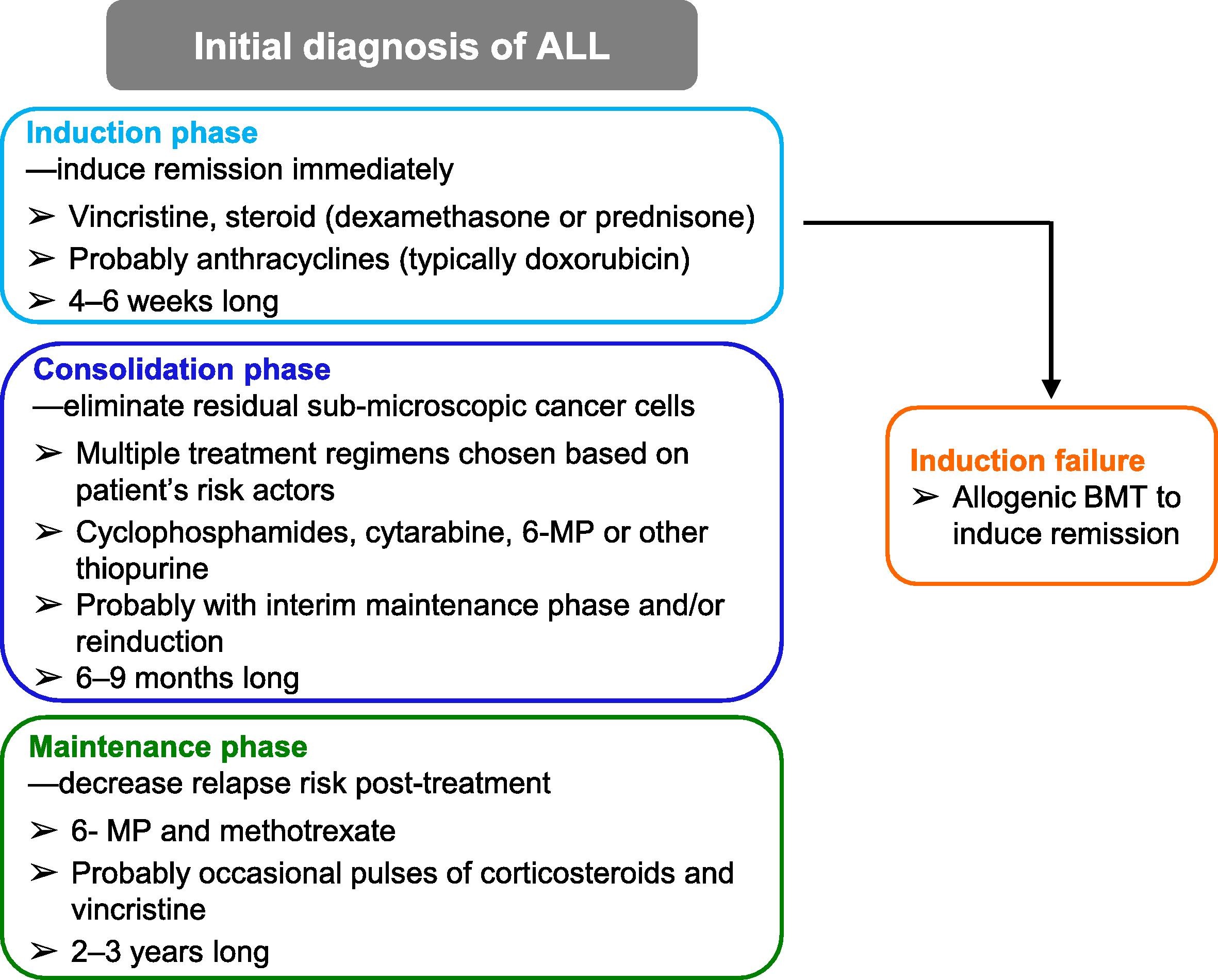Strategic plan to substantially reduce cancer deaths - discussion #3
Treatment should target the various biologic networks that promote
the cancer process
the cancer process
This essay discusses the overall treatment scheme of our strategic plan to substantially reduce cancer deaths.
If we want to substantially reduce cancer deaths, we have to think rationally about how cancer arises and what types of treatment are likely to be successful. As discussed below, I believe that curative treatment of adult cancers will require a large number of therapies for each patient, each targeting different biologic networks that promote the cancer process. No single magic pill or silver bullet will eradicate advanced cancer.
Our initial success in curing cancer was with leukemia, Hodgkin lymphoma and testicular cancer in children and young adults. These patients receive multiple therapies, each with a different mechanism of action. For example, this protocol for a subtype of childhood leukemia involves multiple treatment regimens at different times:
Having multiple drugs or other treatments is necessary because biologic pathways are web-like, not linear. As a result, cancer cells can bypass a single pathway targeted by a drug or other therapy using alternative pathways in the biologic web to achieve similar functions. This explains why single drug therapy for cancer in children or young adults was often effective for only short periods before patients relapsed. Curative therapy requires targeting several of the alternative pathways.

A biologic web related to cell division (Wikipedia) highlights the alternative pathways to achieve a common endpoint;
see also
Curing cancer - Curative cancer treatment based on complexity theory
In children, curative treatment requires multiple therapies (typically at least 4 - 5), even though these cancers may originate with just one random mutation in one cell (Pernick: Curing cancer - Adult versus childhood cancer 2022). In adults, curative treatment will likely require even more therapies, perhaps 8 - 10, because they are caused not by a single mutation but by decades of exposure to cigarette smoking, excess weight, alcohol use, a proinflammatory Western diet and other risk factors that affect multiple tissues throughout the body in different ways. Curative cancer treatment will need to impact not just the main cancer by killing as many tumor cells as possible but also the systemic changes that promote and sustain the cancer process, including immune system changes, microenvironmental changes (i.e., affecting neighboring cells and tissue), chronic inflammation and genetic changes that made the cancer more probable.
Cancer arises due to multiple disruptions in interacting biological networks. These networks are resistant to change through redundant control systems but are also at a tipping point, in which they can quickly and dramatically change their behavior (Pernick: Curing cancer - Reductionism versus complexity 2022, Pernick: How Cancer Arises Based on Complexity Theory 2017).

A tipping point is reached when a system tips over from regime A to regime B (adapted from Scheffer 2003).
Reference: Rauter 2019
Chronic disturbances that affect different aspects of the networks may ultimately overcome these redundant controls and push the networks over the tipping point to produce premalignant or malignant cells that acquire their own stability (cancer attractors) and are resistant to change (Huang 2009).
The next essay will discuss why combinations of combinations of therapy may be needed to cure aggressive cancers.
